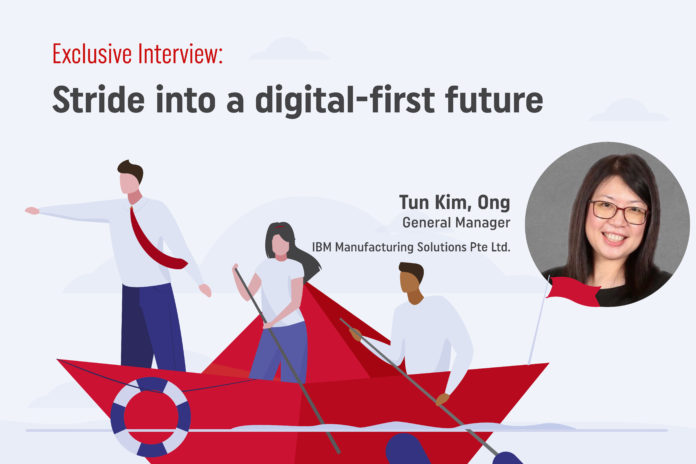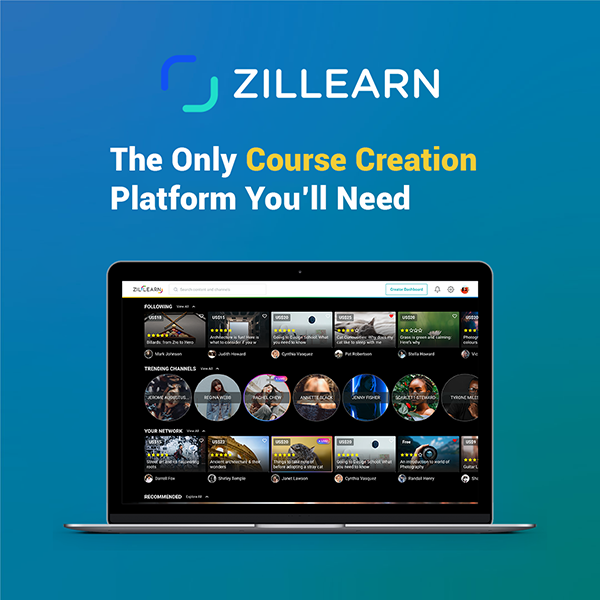Asia’s steady stride into a digital-first future shifted into a race when the double-disruption of COVID-19 and automation hit.
The region is home to a significant number of the world’s STEM graduates yet its existing workforce struggles to adapt to the proliferation of digitization and automation. Business leaders, across different industries, highlighted that Asia’s workforce skills gap is the prime reason for their inability to adapt to the new technologies.
The World Economic Forum (WEF) made an economic case for upskilling – if businesses prioritize upskilling their workforce, the global economy is set to gain approximately $5 trillion and create over 5.3 million new jobs by 2030.
This significant economic growth is plausible because a skilled workforce is equipped to augment their skills with technology, rather than be replaced by new technologies. Thus, improving the workforce’s productivity in Asia’s digital-first future.
LEARNTech Asia invited the General Manager of IBM Manufacturing Solutions Pte Ltd., Tun Kim Ong to share with us her expert thoughts on how businesses can upskill and reskill their workforce for the future of Asia. With over 25 years of experience in leadership development, career development coaching, and training, Tun Kim also shares how business leaders can reimagine upskilling their workforce with coaching and mentoring.
Know What Your Workforce Wants and Needs
“Organizations need to proactively engage with employees to better understand what is important to them and their careers, and what are the skills required for the future,” said Tun Kim.
As Asia gradually shifts from a pandemic to an endemic phase, the majority of its workforce wants a flexible working model, specifically a digital-focused work environment.
Be it a couple of days a week, every other day, or in-person meetings at the office, employees have proven their ability to work remotely and productively. Therefore, businesses must swiftly adapt to a digital-first work and workplace.
To ensure their businesses run smoothly, leaders must address their workforce’s skills gap and “do a better job at aligning their learning and development programs to the needs of their workforce,” shared Tun Kim.
The double-disruption means that if the global workforce wants to thrive in a digital-first labor market, they need to develop a mix of top skills by 2025. Other than the technical skills required to adapt to the automated and digitized world of work, employees need to develop human skills that cannot be replaced by technology.
“Critical thinking, problem solving as well as skills in self-management such as active learning, resilience, and flexibility,” said Tun Kim.
“I recommend the workforce to invest their time and efforts to develop mastery in their human skills. These skills will take them further regardless of how the industry and the environment evolves.”
People-focused CEO
A digital-first and future-ready workforce is led by a people-focused CEO.
CEOs that outperformed during this double-disruption period emphasized the importance of an agile workforce. They understood that it was and is necessary to prioritize their workforce’s learning and development.
“Our IBM CEO Study found that outperforming CEOs see industry-specific skills (70%) and technology skills (69%) as critical to their success over the next two to three years,” highlighted Tun Kim.
Other than providing learning tools and platforms that enable employees to self-manage their learning journey, agile CEOs know that they also “need to foster a culture of perpetual learning that rewards continual skills growth,” added Tun Kim.
One way for leaders to proactively cultivate a culture of learning is to encourage their employees to coach and mentor one another.
Coach and Mentor Your Workforce
Previously, coaching and mentoring were more commonly associated with athletes and business executives. However, Tun Kim observed that “over the years, more people including professionals and leaders recognize the importance of coaching and mentoring for performance improvement and skills development.”
Hence, CEOs who want to outperform in a digital-first future must be willing to rethink their coaching and mentoring practices.
individuals qualified to coach and/or mentor must understand the distinct differences between the two learning styles. This ensures that the learner cultivates and applies the right skills where necessary.
Coaches and mentors need to also know what a learner needs. Tun Kim shared that she uses the W.A.I.T acronym – Why Am I Talking? to remind herself to “focus on listening rather than speaking, listening to not just what they say but how they say it.”
Additionally, “coaches and mentors must always maintain confidentiality to build trust and be authentic in all interactions,” added Tun Kim. This creates a safe environment for both industry veterans and digital natives to be vulnerable about their skills gap, their experiences, and learning curves.
The Future of Learning in Asia
There is much more to be done but Asia’s workforce has a unique opportunity to augment technology for its economic benefit.
According to WEF, if we are able to close the skills gap, the global Gross Domestic Product (GDP) would increase by $11.5 trillion by 2028. Hence, Tun Kim encourages the Asian workforce to seize this moment especially as “learning is no longer a one-off event as you can now join communities of like-minded people around the world and deepen your knowledge and skills.”
Beyond economic success, organizations that proactively reimagine their approach to skills development and career readiness are more likely to retain and attract fulfilled, motivated, and talented employees from more diverse backgrounds.
“Be your own advocate. Commit yourself to a lifetime of learning,” concluded Tun Kim.




